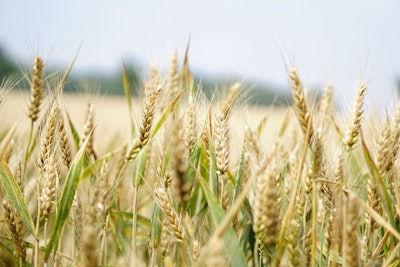
High prices for U.S. corn, soybeans and wheat are not expected to be a short-term shock, according to a new RaboResearch report, “The Grain Drain After Ukraine.”
While the sudden shutdown of trade in the Black Sea region has sent corn and wheat prices to their highest in a decade, the 10-year outlook for all major crops has shifted up to a new price level.
The report cites transformative geo-political changes, continued increases in demand and limited acreage availability as the shift’s drivers.
The war in Ukraine has caused trade routes shipping agricultural products grown from the Black Sea region to other parts of the world to effectively shut down. The continuing conflict will cut supplies of corn and wheat available to the global market.
RaboResearch expects the U.S. to increase its exports to help fill the gap. The additional global demand for U.S. products should also increase the prices paid to farmers for these crops.
According to RaboResearch analysis, a 200 million bushel increase in exports for each commodity would increase the 2022/23 average on-farm price for corn by approximately 13% and wheat by approximately 50%.
“We projected U.S. farm prices to be strong this coming year,” writes lead report author, Andrick Payen, grain and oilseed analyst with Rabo AgriFinance. “But the Ukrainian conflict is likely to push wheat prices to reach record highs.”
For the 2022/23 crop marketing year, RaboResearch estimates the average on-farm price, which takes local basis into account, to be $5.77 for corn and $10.50 for wheat when their export sales increase by 200 million bushels.
This year’s report is also the first annual outlook to incorporate the expected expansion of U.S. soybean crush capacity into the 10-year acre and price estimates. Fueled by the growing demand for soybean oil as an ingredient for renewable diesel, the crush capacity expansion is an important transformation driving long-term commodity prices to a higher level.
Higher prices, however, do not spell bigger profits. Costs for farm inputs such as seed, fertilizer and land will likely also rise, squeezing farmers’ margins over the next decade.
Grain companies will have to navigate great volatility in their trading activities. And livestock producers will likely face higher feed prices.

















